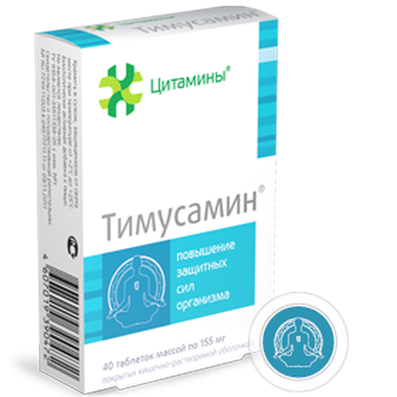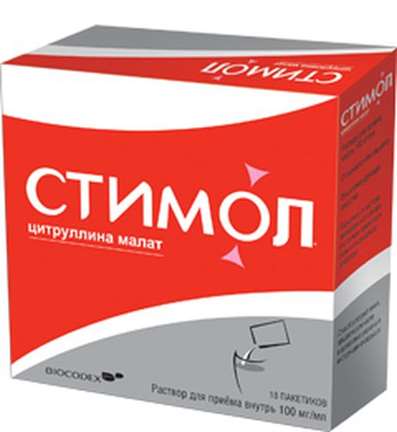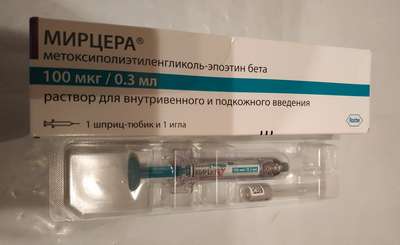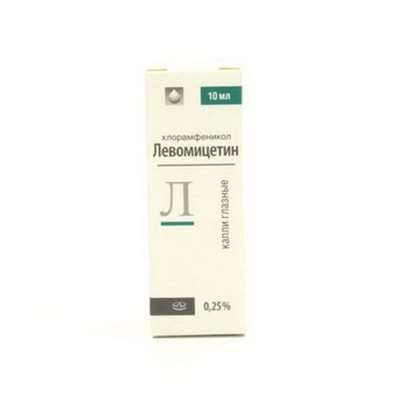Instruction for use: Diacerein-Mak
I want this, give me price
Active substance Diacerein
Dosage form
Capsules
Composition
Each capsule contains:
active substance: diacerein 50 mg
auxiliary substances: betadex, sodium lauryl sulfate, lactose, croscarmellose sodium, silicon dioxide colloid, magnesium stearate.
gelatin capsule composition:
capsule cover: titanium dioxide, indigo carmine, quinoline yellow dye, crimson dye [Ponso-4 R], bronopol, povidone K-30, sodium lauryl sulfate, gelatin.
capsule body: titanium dioxide, indigocarmine, quinoline yellow dye, bronopol, povidone K-30, sodium lauryl sulfate, gelatin.
Description of dosage form
Hard gelatin capsules with a size "1" with a casing of blue with a greenish-gray tinge of color and a lid of blue color. Contents of capsules: a powder of bright yellow color.
Pharmacological group
Non-steroidal anti-inflammatory drug.
Pharmacodynamics
Diacerein is an anthraquinone derivative. Through the active metabolite - rhein (diacerein is a diacetylated derivative of rhein), inhibits the activity of interleukin-1 (IL-1), which plays an important role in the development of inflammation and cartilage degradation in osteoarthritis. Diacerein has analgesic and anti-inflammatory activity when taken orally.
Pharmacokinetics
After oral administration, diacerein is rapidly absorbed from the gastrointestinal tract and completely metabolized by diacetylation to rhein. The relative bioavailability of rhein is 35-56%. Taking the drug along with food increases bioavailability by 25%. Diacerein has a dose-dependent (linear) character of pharmacokinetics in the range of doses taken from 50 to 200 mg. With a single dose of 50 mg, the maximum concentration (C max) reaches 3.15 mg / ml. With multiple intake of C max increases in connection with the cumulation of the drug. The time to reach the maximum concentration (T max) after a single dose is 1.6 to 2.4 hours. The value of the half-life (T1 / 2) of rhein is 7 to 8 hours. The volume of distribution (V d) after oral administration of 50 mg of diacerein averages 13.2 liters. Rein is almost 100% bound to plasma proteins, it penetrates through the placental and blood-brain barrier.
Rein is excreted by the kidneys unchanged (20%) and in the form of glucuronide (60%) and sulfate (20%).
Indications
Osteoarthritis.
Contraindications
Hypersensitivity to diacerein, other components of the drug and derivatives of anthraquinones.
Deficiency of lactase, lactose intolerance, glucose-galactose malabsorption. Pregnancy and lactation.
Children under 18 years.
Carefully:
Only in special cases the drug is prescribed to patients with irritation of the lower intestine.
Chronic renal failure.
Elderly age.
Dosing and Administration
One capsule (50 mg) orally twice a day with the main food. The duration of treatment, depending on the result achieved, can be long (at least 6 months). The full therapeutic effect of the use of diacerein develops after two to three months of treatment.
In patients with renal insufficiency with creatinine clearance <30 ml / min, the main dose of diacerein should be reduced to 50 mg per day and then adjusted according to tolerability and clinical efficacy.
Since diacerein can cause transit acceleration in the intestine during the first 2 weeks, it is recommended to start treatment with one capsule per day in the evening with food for 4 weeks. Further after consulting a doctor, the dose may be increased to 2 capsules (100 mg) per day taken with food.
Side effects
On the part of the digestive system: diarrhea, nausea, vomiting, abdominal pain, hepatitis.
Allergic reactions: urticaria, fever, bronchospasm, angioedema, anaphylactic shock.
It is possible to intensively stain urine (depending on pH) from yellow to brown, which does not require drug withdrawal or dose reduction.
Overdose
Overdose may cause diarrhea, weakness. Treatment is symptomatic. With severe diarrhea, control of the electrolyte composition of the plasma is necessary.
Interaction
Diacerein can not be taken concurrently with drugs that increase the volume of the contents of the intestine (for example, a large amount of fiber).
The intake of diacerein can increase the incidence of adverse events on the part of the intestine in patients taking concurrent administration with antibiotics or chemotherapeutic drugs that affect the intestinal microflora.
Preparations containing aluminum hydroxide and / or magnesium hydroxide, reduce the bioavailability of diacerein.
Together with diacerein, laxatives should not be used.
Changes in the binding of rhein to plasma proteins with concomitant use with NSAIDs, salicylates, warfarin, valproic acid, phenytoin, glibenclamide were not detected. No effect of H2-histamine receptor blockers on the pharmacokinetic parameters of rhein was detected.
special instructions
Intensive staining of urine can make interpretation of the results of clinical urinalysis difficult.
For long-term treatment, a complete blood test, liver enzymes and a general urinalysis should be performed every 6 months.
Due to the slow development of the therapeutic effect (the onset of action is after 2 weeks of treatment), diacerein can be prescribed with non-steroidal anti-inflammatory drugs or painkillers during the first 2-4 weeks of treatment.
Form of issue
Capsules, 50 mg.
10 capsules per blister (aluminum / aluminum). 1, 3, 6 or 10 blisters together with instructions for use are placed in a cardboard pack.
Storage conditions
In a dry, the dark place at a temperature of no higher than 25 ° C.
Keep out of the reach of children.
Shelf life
2 years.
Do not use after the expiration date.
Conditions of leave from pharmacies
On prescription.

 Cart
Cart





